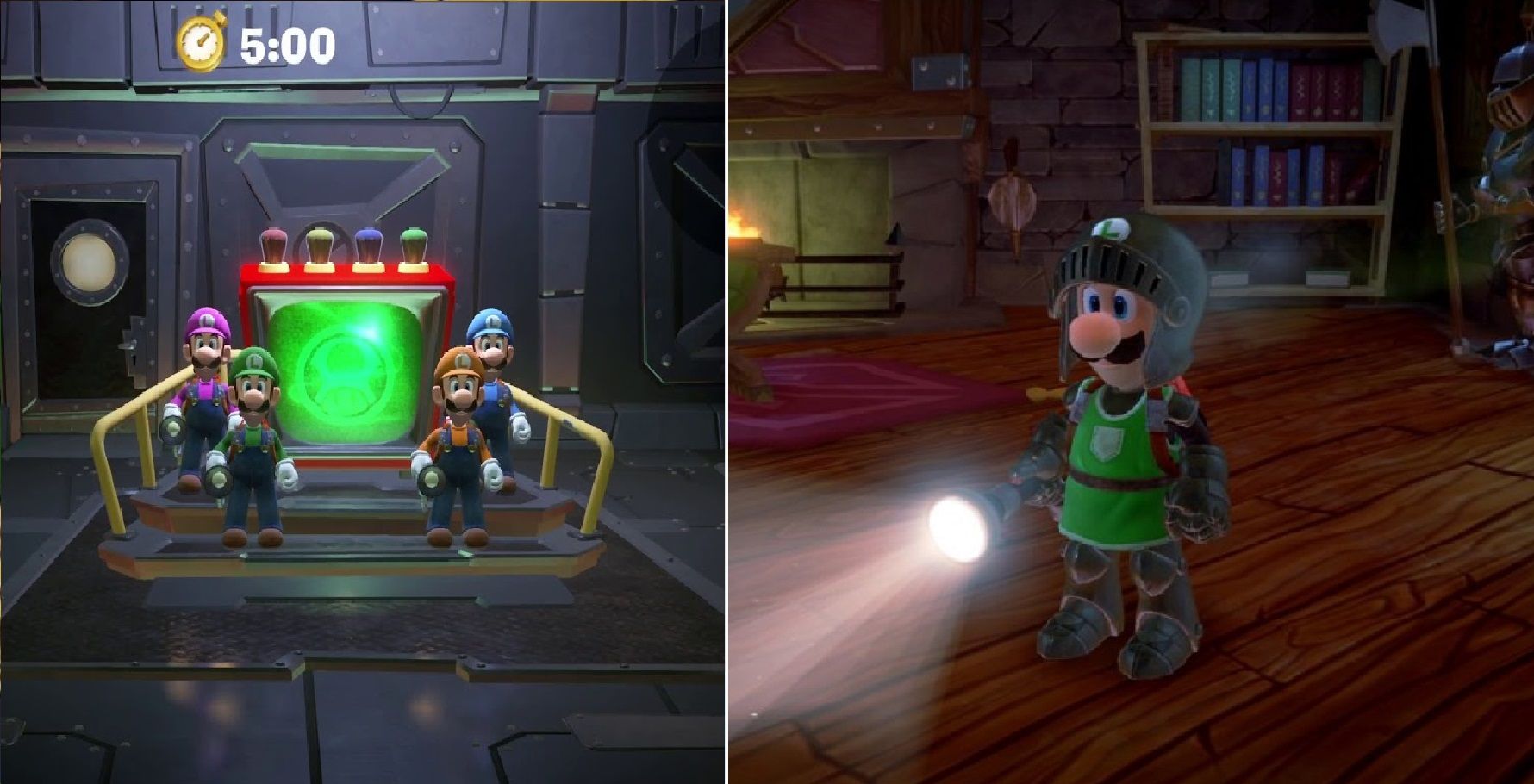
Theorists have balanced the equation by hypothesizing that “dark matter” (matter we cannot observe) must comprise the remaining percentage.Įvery theory that attempts to explain the missing baryons comes up empty, though. However, baryonic matter (things we can see, like stars, planets, galaxies, and nebulas) only accounts for somewhere between 1–10 percent of the matter necessary for this to happen. Since the entire dot is still all of the same stuff, its properties-such as temperature-are uniform.Īccording to the big bang theory, the amount of matter in the universe will eventually create enough of a gravitational pull to slow the universe’s expansion to a halt. Now imagine scaling the dimensions of the image by a factor of 10 billion. In the simplest possible terms, imagine the initial universe as one pixel on your computer’s image-editing program.

This doesn’t contradict the law that nothing can travel faster than the speed of light, because nothing traveled. In that infinitesimally short time, a distance as small as a nanometer would have been stretched out to several light years. According to this theory, more universe wasn’t created as the edges expanded outward, but already existing space-time was stretched out like taffy in a fraction of a second. This is explained by the theory of inflation, which suggests that the universe was stretched out across massive distances just an instant after the big bang. So how has the background temperature had time to stabilize to anything close to uniform, let alone exactly the same? This seems impossible because nothing can travel faster than light, and even light hasn’t had enough time to travel between those two points. For example, if we look at a point in the east of our sky and measure the background radiation and then do the same to a point in the west that is separated from the first by about 28 billion light years, we will see that the background radiation at both points is the exact same temperature! Space is a giant puzzle everywhere you look. While galaxies might look solid from a distance, remember that we’re in a galaxy right now, and the nearest star is 4.2 light years away. It’s called space for a reason, after all. How can that even happen? Apart from being really big, space’s other defining feature is that it’s pretty empty. When two galaxies containing billions of stars collide, it’s got to be complete turmoil, right?Īctually, in galactic collisions, the probability of two stars colliding is practically zero.

That’s probably not too surprising-all it takes is one look at the moon to realize that space tends to grab things and slam them together. Because of this-and the enormous gravitational pull between them-galaxies tend to collide with one another on a regular basis. Things are constantly moving around in space-orbiting, spinning, and hurtling through the void. Since it takes light so long to reach us, you can still see the pillars if you look up into the night sky, even though they no longer exist. For example, astronomers think that the Pillars of Creation formation was actually destroyed by a supernova about 6,000 years ago. The implications of this glimpse into the past can be pretty weird. The light that we perceive as the Eagle Nebula is 7,000 years old by the time it reaches Earth.

How is that possible? Well, it takes light 7,000 years to reach Earth from the Eagle Nebula, and we see things by perceiving the light that bounces off of them. That means that when we look at objects in space that are really far away, like the Pillars of Creation (a formation in the Eagle Nebula), we’re really looking back in time. A light year is a distance so enormous that it takes light-that thing that moves faster than anything else in the universe-an entire year to traverse it. You just won’t believe how vastly hugely mind-bogglingly big it is.” We all know that the unit of measurement used for distances in space is the light year, but think about what that means. It’s quite possible that this star could eventually detonate into a supernova, making the rings at the base of the cones glow with blinding intensity.Īs Douglas Adams once wrote, “Space is big. The hourglass-shaped nebula is so brightly lit because there’s a star at the very center-that is, where the tips are touching. If you look closely at the image, you can see that the cross shape really forms the sides of two cones with their tips touching, but there aren’t exactly tons of cones in the night sky, either.

Understandably, this made astronomers do a bit of a double take, because things in space aren’t supposed to be square.īut it’s not really a square, either. Then there’s the Red Square Nebula, a cloud of gas shaped like, well, a square. Planets, stars, galaxies, and the shape of orbits are all at least somewhat circular. Things in space are fairly rounded, for the most part. Photo credit: Peter Tuthill & James Lloyd


 0 kommentar(er)
0 kommentar(er)
